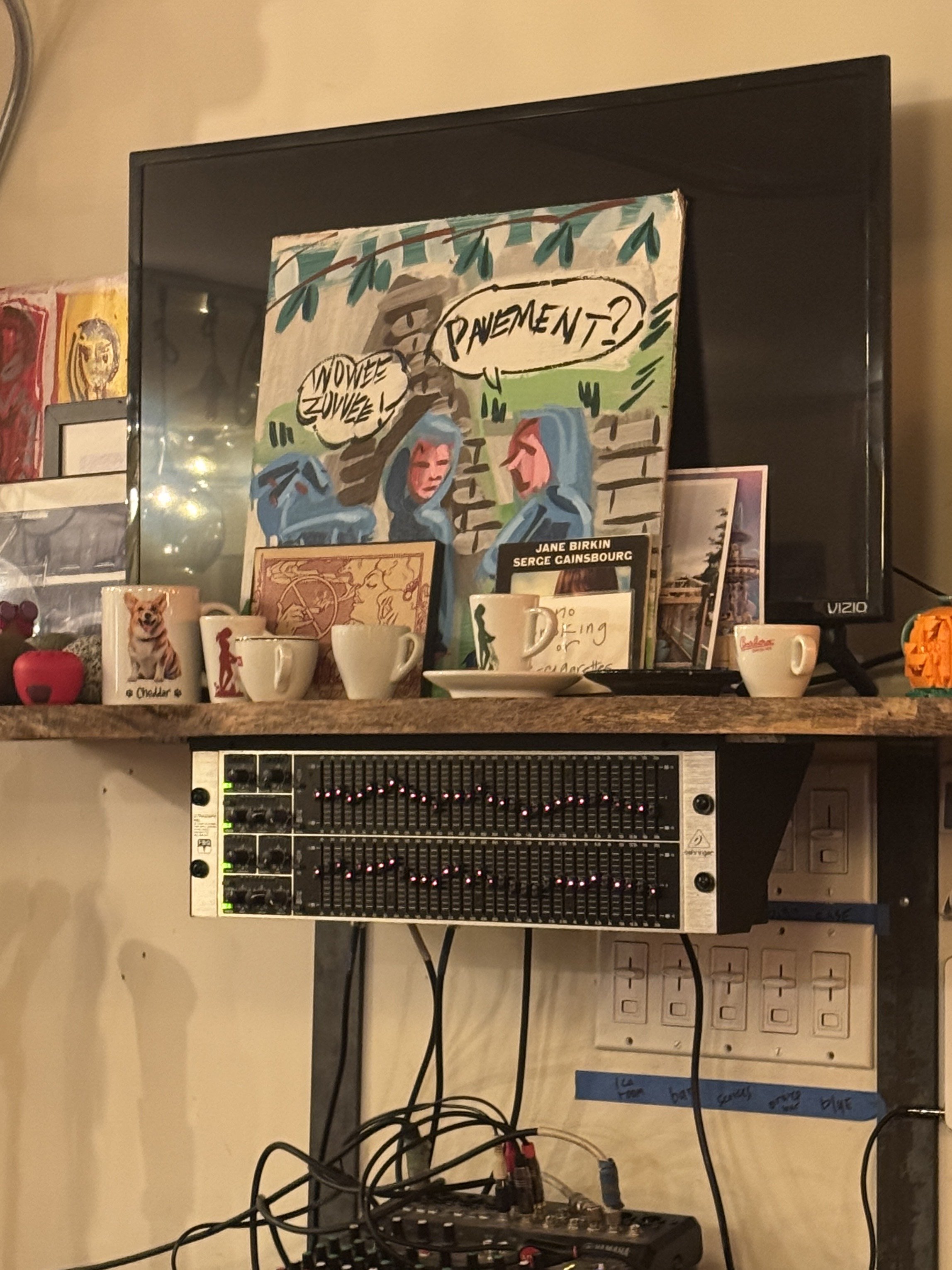Hot Coffee with Clémence Polès, founder of passerby magazine
I met Clémence Polès at a press preview for one of New York galleries. We had an intriguing conversation about what role values play in the contemporary art world, how France is different from the U.S. when it comes to the culture of criticism, and what does it take to make your path in any of these countries when one does what she loves. It was only natural to expand this conversation into a longer, interview, format. passerby is a digital publication giving a spotlight to women who are habitually overlooked by traditional media. An interview with a death doula, a portrait of an archivist or a nurse’s penchant for ‘A Hero of Our Time’ are only a few things of what you can find there.
Nina: Imagine you are in your favorite coffee or tea spot. Where is it? What are you drinking? What are the three things you see right now?
Clémence: I’m at Abraço in the East Village. I’ve just ordered an Americano, black. I’m debating whether to get the scone (there’s lemon curd today) or their classic olive oil cake. I go with the scone because I know it just came out of the oven (they opened their doors about 10 minutes ago). I notice a Pavement vinyl above a record player, but they’re not playing Pavement. I see a couple of people jotting down notes in their notebooks and wonder what they’re writing. Someone next to me is halfway through a dense philosophy book. They have headphones on, probably to concentrate and phase out the morning rush.
Abraço in the East Village, photo by Clémence Polès.
Nina: You founded passerby in 2015 as an online magazine focusing on women and their lives in all types of settings and many countries. What has changed for passerby since then - do you find yourself drawn towards specific narratives or certain types of respondents?
Clémence: The biggest change has been having more resources and support to expand the range of stories I feature. Early on, the focus was often limited to narratives within my social class or industry, but in the last couple of years, I’ve been more intentional about stepping outside of those circles. I’m most drawn to stories that feel underrepresented or overlooked in mainstream media.
postal worker DeNeita Watson in her home in Crown Heights for passerby (interview link here)
housekeeper Rose in her home in Harlem (interview link here)
Nina: As you are balancing cultural and business aspects in your work as an editor, writer, journalist, and photographer, what is the converging point of all these directions? What motivates you to take up a specific project?
Clémence: The common thread in everything I do—whether it’s editing, writing, photography, or journalism—is documenting. I’m naturally curious, and these roles all feed into my need to explore and uncover. For me, it’s about understanding people and what makes us human. I’m drawn to projects that spark curiosity or offer a chance to dig deeper into stories that matter, whether they’re big or small. It’s really just about discovery and connection.
Clémence photographing + interviewing Huong Dodinh for passerby, images taken by her son Khoa Dodinh
Clémence photographing + interviewing Huong Dodinh for passerby, images taken by her son Khoa Dodinh
Nina: As a French-Iranian who works in Europe as well as in the U.S. do you feel there is a drastically different aesthetic paradigm characteristic of these two continents?
Clémence: I grew up in the U.A.E. with little exposure to art until my mid-20s, so my perspective is personal and shaped by specific cities—Paris, London, NYC, and LA. In the U.S., there’s a strong focus on identity and individualism, with art often reflecting personal narratives and cultural diversity in bold, impactful ways. In Paris, aesthetics feel more conservative, rooted in tradition, and subtly political. In my opinion, European aesthetics tend to blend history with intellectual experimentation, while the U.S. leans toward accessibility and expressive, marketable forms.
Sunny Shokrae in front of her sofreh-haft-sin for Clémence’s upcoming book
Nina: What is one project you are particularly excited about in 2025?
Clémence: I’m working on a book about Sofreh-Haft Sin, a central part of the Iranian New Year, Nowruz. It’s this beautiful, symbolic table that families install every spring, with seven items that all start with the Persian letter "S". Each element, like sprouting greens for renewal or garlic for health, tells a story about hope, rebirth, and the cycle of life, rooted in Zoroastrianism. The tradition is so rich and meaningful, and my book blends my photography with archival material to trace its ancient origins. I recently spoke to Vogue about the book and you can read all about it here.
Note: Portrait of Clémence by Shawna Ferreira.






